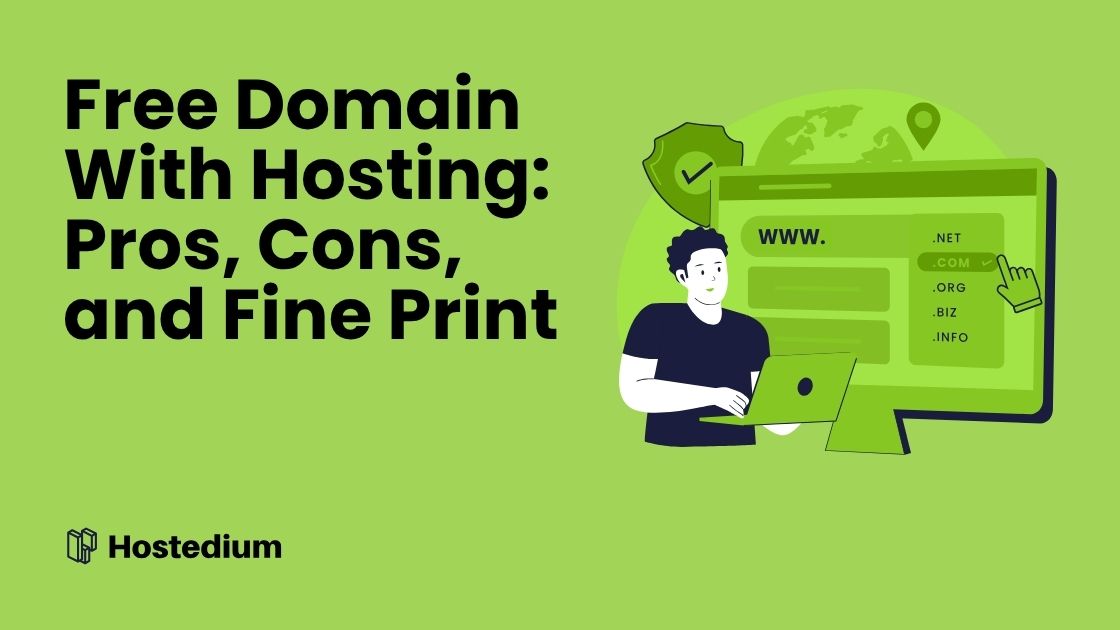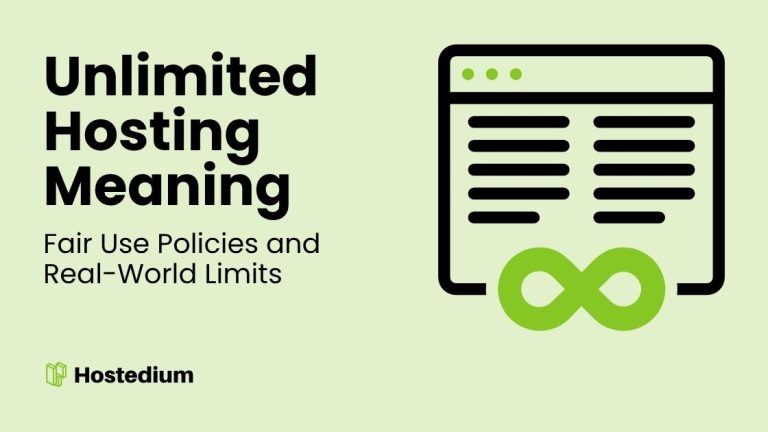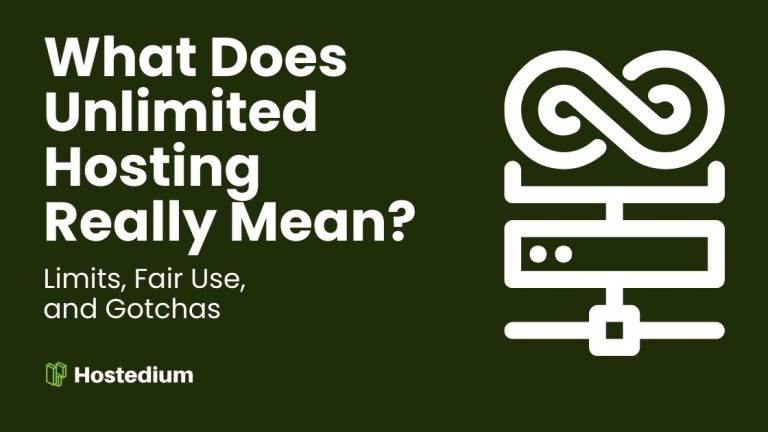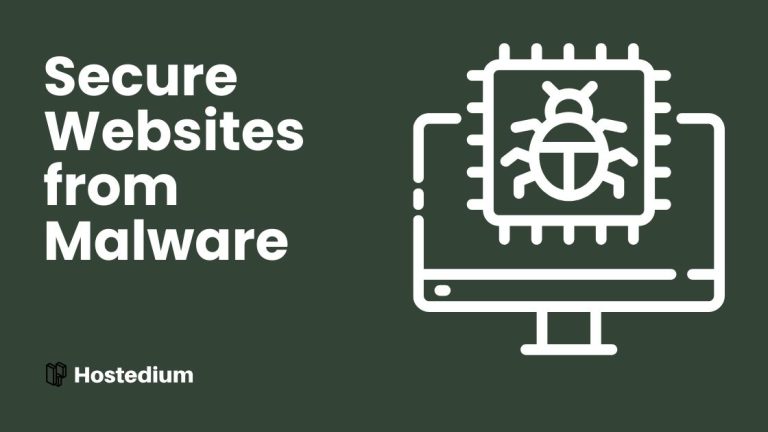Is a “free domain with hosting” truly free and what does that phrase actually mean?
Many providers advertise a free domain with hosting, but the phrase often hides a detail: the domain may be free only for the first year or the host may only provide a free subdomain. Yes, free sounds magical, but registries charge annual fees, so lifetime free custom domains from reputable hosts are essentially a myth, not a loophole.
For truly free options you usually get a subdomain like yoursite.provider.com, which is fine for testing or learning, but not great for branding. Think of it like borrowing a tux for a prom — you look sharp for the night, but it’s not yours forever.
When is a free subdomain okay, and when should you avoid it?
Free subdomains are great for prototypes, classes, temporary campaigns, and hobby projects; they’re bad for serious businesses, SEO, and trust. Don’t build a brand on a provider’s domain unless you plan to rebrand later — rebranding is messier than you expect, and no, the internet won’t do it for you.
- Good for testing and learning ✅
- Good for student projects and demos 🎓
- Not for professional brands or stores ⚠️
- Not ideal for SEO or email reputations ⚠️
Can you get a free custom domain forever, or is that a marketing myth?
A true, permanent free custom domain from a reputable host is essentially nonexistent; most providers that advertise a “free domain” waive the first-year fee only. Domain renewals are charged annually by registries, so ongoing free ownership without conditions is unrealistic, sad as that sounds.
According to TechRadar reviews, the usual path is paid hosting with a free domain for the first year, then standard renewal fees after that. If you’re hunting for forever-free, you’ll mostly find promotional exceptions or very limited sponsorship programs.
What are the practical trade-offs between free hosting and paid hosting?
Free hosting reduces cost but also reduces control. Expect limits on storage, bandwidth, email, backups, performance, and customer support; sometimes you even lose the right to run certain scripts. Don’t be surprised if a free plan feels like camping — it’s cozy until it rains.
| Provider | Free Custom Domain | Free Subdomain | 100% Free Hosting | Ads | Key Limitations |
|---|---|---|---|---|---|
| 000WebHost | No | Yes | Yes | No | No email, limited resources |
| InfinityFree | No | Yes | Yes | No | No custom email, forum support |
| Freehostia | No | Yes (5) | Yes | No | 250 MB space |
| Bluehost | Yes (1 year) | No | No | No | Paid after year one |
| HostGator | Yes (1 year) | Unlimited | No | No | Paid after year one |
The table summarizes common offerings: free subdomains are plentiful; free custom domains are usually a one-year perk tied to paid hosting. If the table feels like déjà vu, that’s because the pattern doesn’t change much: a complimentary domain for year one, then standard registry fees afterward.
How do renewal costs and add-ons actually work?
Most hosts include the domain cost only in the first year; after that, you pay the registry renewal price plus any privacy protection or premium DNS. It’s not a secret plot to ruin your budget — domain registries set the baseline prices, and hosts pass them along.
- Domain renewal: annual fee
- WHOIS privacy: optional paid add-on
- Premium DNS or managed services: extra fee
How should you test and validate a free host before committing?
Run a short checklist: test performance, check backup options, verify support channels, and confirm any limits on databases or scripts. A few hours of testing beats months of headaches; trust me, your future self will thank you and send coffee.
- Load test pages for speed
- Upload real-sized files and measure limits
- Verify email deliverability if offered
- Check backup and restore options 🔁
- Read community forum reports for uptime ⚠️
How do you migrate from a free subdomain to a paid custom domain without downtime?
Migration is manageable with a plan: export content, set up the new domain on the paid host, update DNS, and keep both sites online during propagation. DNS changes can take up to 48 hours, so schedule the switch when traffic is low — migration is not rocket science, but it does need a checklist.
- Export your CMS or site files
- Set up hosting and add the new domain
- Import content and test on a staging URL
- Update DNS records and lower TTL beforehand 🔁
- Keep old subdomain live until propagation completes ⚠️
Troubleshooting: What common issues do free hosts cause and how do you fix them?
Common issues include throttled bandwidth, script restrictions, missing email, and customer support delays. Fixes are usually either configuration workarounds or moving to a paid tier; sometimes the only real fix is switching hosts — think of it as changing roommates who steal your Wi‑Fi.
- Slow pages: enable caching or upgrade plan 🚀
- Upload limits: use external storage services
- No email: use third-party email providers
- Script errors: check host supported languages
- Account suspension: read terms and contact support ⚠️
How do providers compare in the real world?
Free providers like 000WebHost, InfinityFree, and Freehostia give you a no-cost entry point with clear limits; established hosts usually bundle a free domain for the first year but charge for hosting.
FAQs
Is a free subdomain good enough for my small business?
No. Small businesses need brand credibility and email tied to the domain; a subdomain undermines trust and SEO, so budget for a custom domain and reliable hosting.
Can I keep the free domain after I cancel hosting?
Only if the provider hands you ownership separate from the hosting plan; most “free domain” offers are conditional and require paid renewal later, so read the terms before canceling.
Are there hidden fees with free domain offers?
Watch for setup fees, forced add-ons like privacy protection, and higher renewal prices after the first year. Promotional pricing is attractive, but the renewal rate is where the math bites.
What should non-profits or students do if they need a free custom domain?
Look for sponsorship programs or educational grants; some organizations offer scholarships or domain grants, but these are rare and limited. Consider discounted hosting offers as a more reliable route.
Can free hosting ever support an online store?
Generally no. E-commerce needs performance, security, and reliable email — features most free hosts don’t provide. For stores, invest in paid hosting that supports SSL, backups, and payment security.
How long does migration usually take?
Technically a few hours for content transfer, but DNS propagation can take up to 48 hours; plan for a weekend or low-traffic period to minimize disruption.
Final thoughts
Free hosting and free subdomains are excellent stepping stones for learning and quick experiments, but for credibility, SEO, and long-term control you should budget for a custom domain and reliable hosting. When you’re ready to upgrade, look for hosts that include a first‑year domain or plan a migration to keep your content intact and your brand consistent.




